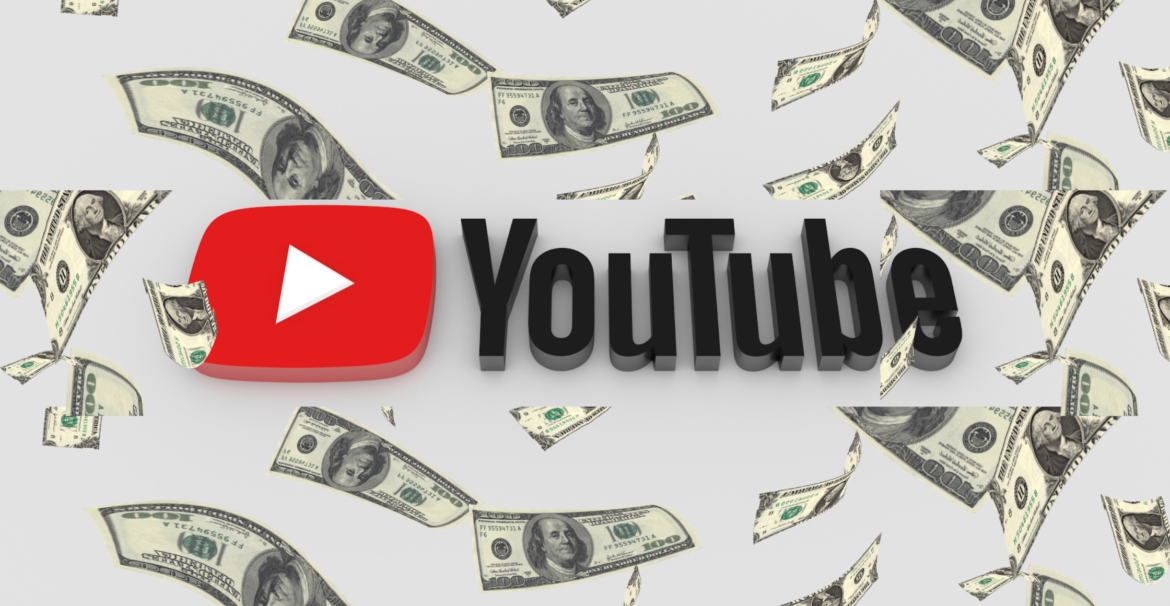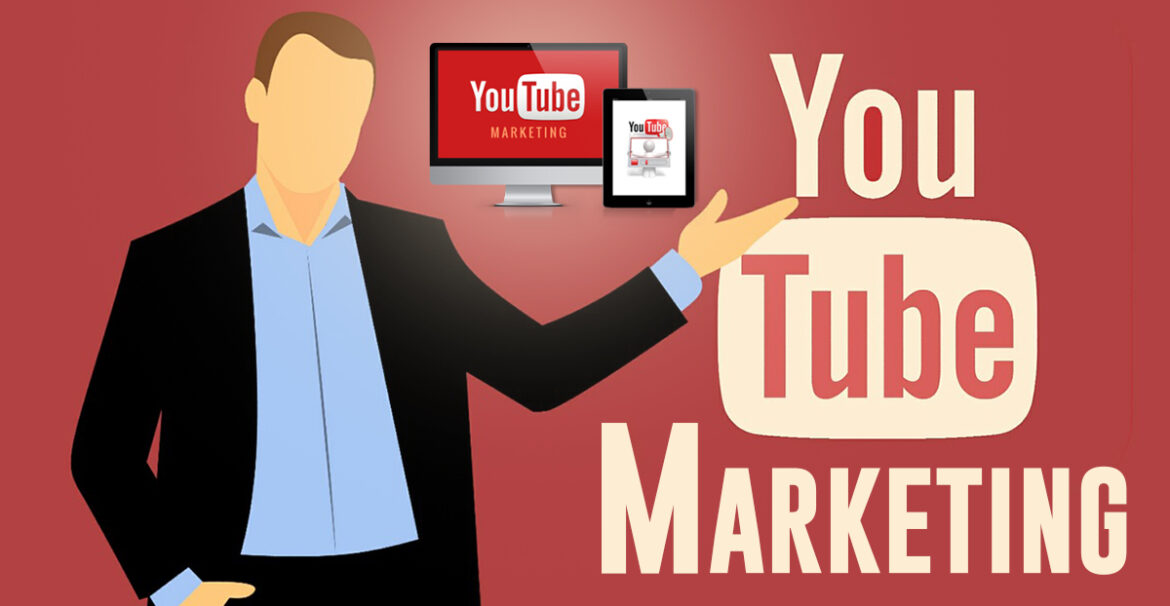Social media usage has been continuing to expand which now leads to valuable insights and data that is accessible by almost everyone. With an effective strategy, social media could be essential to any business as it is useful to promote and provide exposure to different services or products each business offer.

Social Media and AI
Social media management is a must to keep your online exposure. With that, there are AI programs that are available to assist with this aim. It’s a big help to different tasks such as analysis, content creation, or advertising. One big advantage of incorporating AI programs into social media management is that it automates repetitive and time-consuming tasks which now gives time for businesses to allocate their resources efficiently.
The need for AI in Social Media Marketing is no doubt very clear. As AI is automated, analyzing extensive data is easy which will give you time to plan for some engaging content to target specified audiences. It also helps in enhancing accuracy and efficiency which is a good return on investment for business owners.
Best AI Tools for Social Media Marketers
Using artificial intelligence is a big help to improve different aspects of social media management. Here are some tools you could make use of:
- Publer AI – best in generating captivating ideas like design, images, or even content designs. It helps in repurposing content and enhances its readability and clarity which will be easy for the audience to understand. In short, it makes complex ideas into simpler ones. This is best used for content generation, text completion, rephrasing, hashtags, multilingual texts, and replies to comments.
- Jasper.ai – previously known as Conversion.ai, is an advanced tool that effortlessly does the task of generating high-quality social media posts. The best thing about this tool is that it excels in text crafting that would make you believe is done by a real human. It provides customizable templates, can be a plagiarism checker, and helps in the tone of voice settings.
- Optimove – is best used for campaign insights as it gathers data from different platforms and consolidates all information collected into a single dashboard. It’s now easier for businesses to make marketing decisions based on the information being gathered and analyzed.
- Flick – is known for its impressive marketing solution which enhances brainstorming and planning what to write as social media content. Its solid feature focuses on the generation of unique ideas and creating personalized captions. It helps in transforming long content into bite-sized information to share easily.
These days, YouTube is the ultimate online place where people go to learn, be entertained, and connect with other people. But if you’re like many business owners who want to take advantage of this amazing platform, you may be worried about how to make sure your channel is set up properly so that it gets found by customers on YouTube. For that matter, this is where the importance of YouTube audit comes in!

Make A List Of Your Goals For The YouTube Audit
Before you begin your audit on YouTube, it’s important to make a list of your goals. This will help you determine what metrics are most important and help keep track of them throughout the process. Your goals should be specific and measurable so that when they’re reached, there will be no doubt about whether or not they were achieved.
Get Organized With Your YouTube Channel
One important step to auditing your YouTube channel is for you to get organized. This can be as simple as setting up a spreadsheet or using an app for online organization, but it’s important to have a ready-made plan so that you don’t lose track of what needs to be done on your YouTube channel, as well as how long it takes.
Audit Your YouTube Views, Subscribers, And Engagement
Doing a YouTube audit of your views, subscribers, and engagement on your YouTube channel is a good way to figure out what’s working and what isn’t. If you have a colleague who can help with this YouTube task, it will be much easier.
Audit Your Videos On Your YouTube Channel
Auditing your YouTube videos means going through all of your videos on your channel, and making sure they’re up to scratch. You must check the titles, descriptions, and tags on each YouTube video. Are they all clear on your channel page? Do they accurately describe what the YouTube video is about? Are there any words or phrases in them that might be confusing or off-putting to YouTube viewers?
Also, look at how long each YouTube video is. Are most of these YouTube videos around three minutes long (or less), or do some go over five minutes – and if so, why? You can get away with longer YouTube videos if they’re really good quality. But generally speaking, shorter ones will be easier for people to watch on YouTube while on mobile devices.
Lastly, check out how high-quality these YouTube clips look. Does everything look clear enough so YouTube viewers will have no problems understanding what’s happening within them? Aside from that, make sure that the transitions between shots on your YouTube clips flow smoothly enough so that nothing seems jarringly abrupt.

Are you ready to dive into the fast-paced world of social media marketing? There’s a lot of information to sort through on where the industry is headed. Social media platforms have revolutionized the way companies connect with their audience, and staying informed is crucial to stay ahead in this dynamic industry.
The Power of Social Media Marketing: Leveraging a Global Audience
Billions of people worldwide use social media daily. The potential for reaching your target customers is unprecedented. With a friendly and informative approach, you can create a strong online presence that sets your brand apart from the competition, all backed by the latest research. Get ahead of the latest trends by using this website that keeps ahead of the game and gives you the information you need.
Evolving Strategies: Staying Ahead of Social Media Trends
Using this website’s wealth of information empowers you to stay ahead of the game by understanding the ever-changing landscape of social media. Algorithms and user preferences constantly evolve, so what worked last year might not be as effective today. To succeed, you must stay adaptable and open to experimenting with new approaches, all guided by the latest research findings.
Authenticity Matters: Building Genuine Connections
Authenticity is key in social media marketing. People are looking for genuine connections online. Find valuable insights on how to share content that resonates with your audience and build trust and credibility. Engage with them, respond to their comments, and build a community around your brand, based on the latest research-backed strategies.
The Rise of Video Content: Engaging Your Audience Visually
Stay informed on the latest trends in video content marketing by using this website and their research resources. Discover how using engaging videos can boost your brand’s visibility and attract more followers. Short, snappy videos often perform better, as people have shorter attention spans in today’s fast-paced digital world.
In conclusion, social media marketing is a dynamic and rapidly changing industry. Using this website provides you with a place to research and learn how things are evolving, empowering you to stay informed, be authentic, embrace video content, leverage influencer marketing, and adapt to emerging platforms. So go ahead, take the plunge, and make the most of this valuable resource to excel in the world of social media marketing!
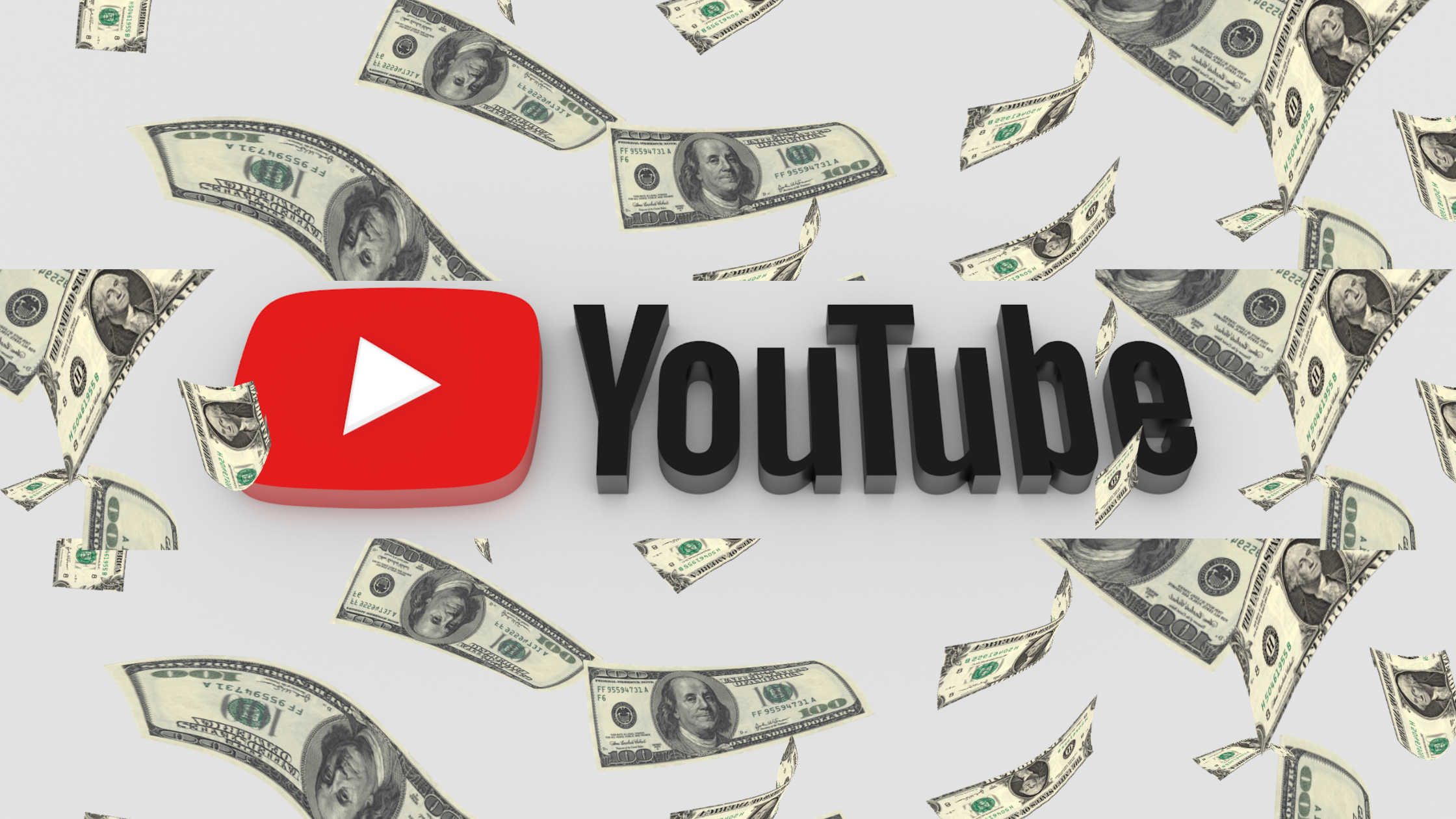
If you’re a YouTuber, you’ve probably wondered how to make money from your channel. There are several ways to do this, and they depend on the type of YouTube content you’re making. For that matter, this article will cover each method in detail below!
YouTube Monetization
YouTube monetization refers to the process of earning some money from your YouTube videos. You can earn money from your videos by using ads, or you can use Google AdSense to earn money from them.
To start making money on YouTube, you need to have a channel that has at least 1,000 subscribers and 4,000 watch hours in the past 12 months. If this sounds like something you’d be interested in doing, make sure your YouTube channel meets these requirements before moving forward.
Once you’ve made sure everything is set up correctly, go into Creator Studio and click “Monetize my videos” under Video Manager (or just click here ). This will take you to a page where there are two main options: Promoted Videos & Google AdSense For Content Owners to have your YouTube monetization take effect.
YouTube Partnerships
As a YouTube Partner, you can make money from your channel in a few ways. You can get paid for ads that are shown before your video and during it. You also get a cut of any ad revenue that comes from pre-roll ads.
When you upload videos to the site, one of the most important things to consider is how many subscribers you have. If you want to make money from ads on YouTube, then this number must be at least 10 thousand subscribers or more.
The AdSense Program
And lastly, the AdSense program is a great way to earn money from your YouTube account. In this amazing program, you can choose whether or not to have ads appear on your videos, and if so, where they should be placed. You can also set the amount of money that will be paid out for each view or click on an ad.
You can choose whether or not you want ads before, during, or after a video plays on the website (if there are any). If you do decide to have them appear in one of those places, then Google will pay them based on how long someone watches their video. This means that if someone stops watching halfway through because it wasn’t interesting enough for them anymore, then no money will be made from those views!
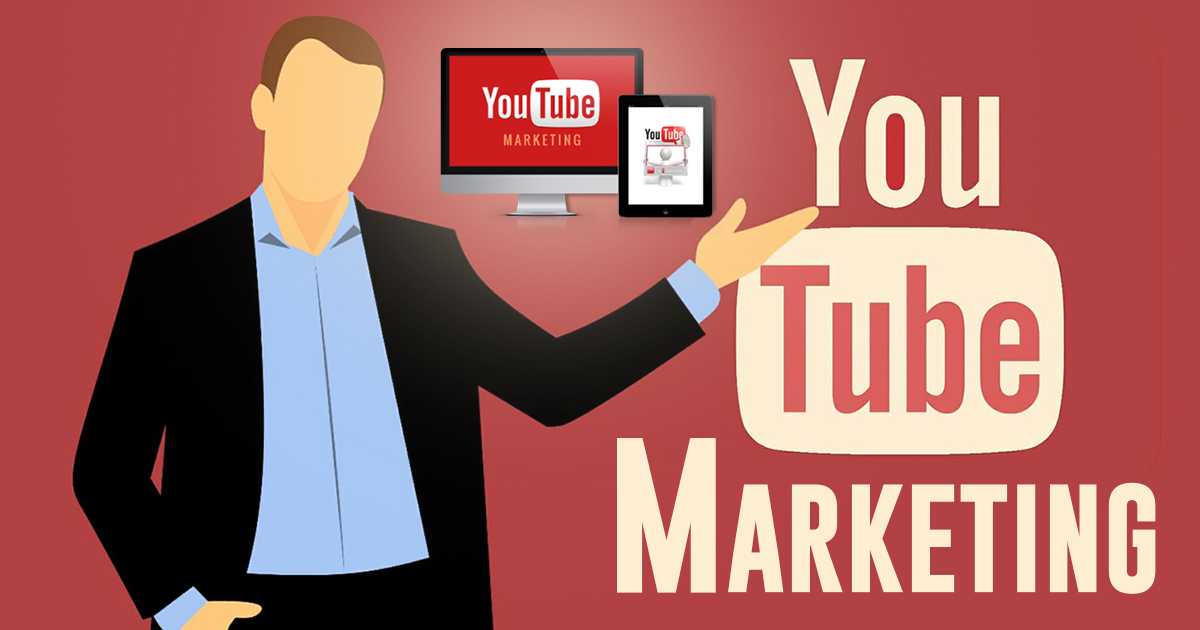
It’s no secret that YouTube has become one of the most effective tools for marketing. Whether you’re an established brand or a small business, YouTube is the place to be if you want to reach a wide audience and engage with your target market. In this post, you will then learn three easy steps for creating an effective YouTube marketing plan. Ready? Let’s get started!
A Video is Worth a Thousand Words
There’s something about the human brain that makes you more likely to pay attention to visual stimuli. Video is the most popular content on YouTube and accounts for over 50% of all time spent watching videos on the platform. This is why a video is worth a thousand words; it can be used to explain things, entertain your audience, or advertise products.
YouTube has become a powerful tool for marketing because it allows businesses to build trust with their customers by showing them who they are behind closed doors. You can also use YouTube as an educational tool. For instance, if you have an ecommerce business selling clothes online then maybe showing how those clothes are made might help people understand why they cost what they do.
B is for Branding
Branding is a critical part of your YouTube marketing strategy. It’s important to understand what branding is, and how you can use it to your advantage. Also, branding is like a logo or name that identifies a product or service as coming from a particular company or organization.
You probably already have some idea of what brands are–they’re everywhere! But then, it isn’t just about logos or taglines – it’s also about personality traits associated with certain products or services that make them stand out among similar offerings.
C is for Content
Lastly, content is the most important aspect of any marketing campaign, and it’s no different for YouTube. For example, let’s say you’re trying to sell a product or service on your channel. One way you can use your content to help achieve that goal is by creating videos that educate potential customers about what they’re buying.
Or let’s say that one of your goals is simply to build trust with potential customers by providing them with useful information about whatever it is you do. In both cases, the end result will be more people coming back again and again because they feel like they know who these creators are – and because their needs have been met through quality video content provided by those creators!

Managing multiple social media accounts can be a pain nowadays. You’ve got to keep up with your followers, post relevant content, and occasionally create social media campaigns – all while trying to keep your sanity! Luckily, some tools can make managing multiple social media accounts much easier. Read on to learn how social media automation can effectively help you manage multiple social media accounts.
Create a Social Media Automation Schedule
Creating a schedule for the automation of your social media activities is the first step to managing multiple social media accounts. You can use a free tool to schedule posts in advance, or you can manually enter them into your calendar.
To create your automation schedule, you must first pick out the days of the week that are best for posting on each account (for example, Monday-Friday). Fill in those days with content ideas (e.g., “Post about new podcast episodes” or “Share links from our blog”). And lastly, add times of day that work best for posting on each platform (e.g., Facebook at 10:00 AM PST).
Set Up The Best Social Media Automation Tools
When you have multiple social media accounts to manage, it’s important to set up social media automation tools. These automation tools can automate tasks like posting new content, replying to comments and messages, liking posts from other users, and more.
Post To Numerous Social Media Accounts – All In One Go
Posting to multiple social media accounts just in one go is the key to managing your social media presence. To do this, use the right software and tools.
If you have more than one account, set up the right tools for scheduling posts on each account. After that, schedule posts in bulk with an app that allows users to schedule posts across multiple platforms at once – and even monitor analytics for each post as it’s being published!
Use The Best Software To Automate Social Media Activities
Lastly, a social media management tool is one of the best ways to effectively automate your social media accounts. It allows you to schedule posts and engage with followers so that you can focus on other tasks in your day-to-day life.
Other than that, a scheduling tool allows you to create a content calendar, which automates the process of posting on each platform at specific times and days. You can also use this feature if there are certain times when people are more likely to see your messages.
Lastly, an analytics tool will help identify what type of content works best for each social media account. This is needed so it can be used again in future campaigns or updates. This can also help show which platforms are driving traffic back toward their website through links shared – which helps boost SEO rankings!
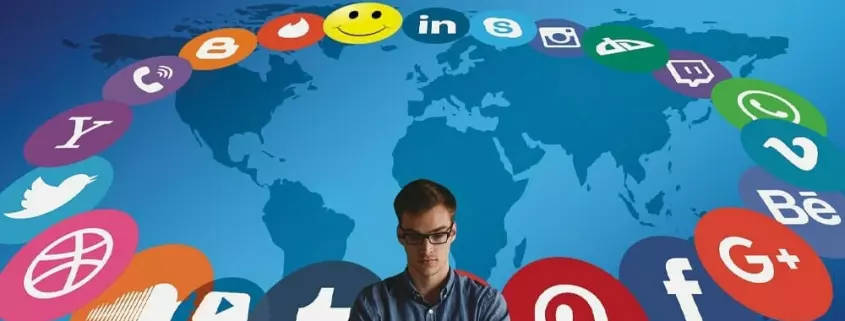
In recent years, the rise of social media has changed the way we use and understand marketing. Social media marketing (SMM) and advertising have become two of the most popular ways to promote a business, but are drastically different in truth. So let’s take a look at each one in turn: what they are and how they differ.
What Is Advertising?
This is a form of marketing communication that employs an openly sponsored, non-personal message to promote or sell a product, service, or idea. It is delivered through mass media such as radio, television, and print. It can also take place in public places such as billboards or public transport vehicles like trains and buses.
What Is SMM?
SMM, for one, stands for social media marketing. It’s a digital strategy for reaching your target audience, and it involves creating content that resonates with them. SMM is about building relationships with your target audience, as well as building a community around your product or service.
SMM is one of the most effective tools for growing your brand and increasing sales. It allows you to build a strong community around your business, which will help increase customer loyalty as well as engagement. When customers feel like they’re part of something bigger than just purchasing a product or service from you, they’ll continue returning again and again because they feel valued by being part of this community.
How Is SMM Different Than Advertising?
The biggest difference between SMM and advertising is that SMM is a more effective way to engage with your customers. The reason for this is simple: it’s personal. With SMM, you have an opportunity to connect with each customer and build relationships with them.
SMM also allows you to create brand loyalty by providing useful information or entertainment (like funny memes). This helps build trust in your business and encourages people to buy from you again in the future because they feel like they know who you are as a company.
In Conclusion, Which Is Better For Your Business?
To answer this question, you should consider your budget. As well as how much time you want to spend on social media. If you have a large budget and want people to see your ads as soon as possible, advertisement is a great option.
However, if your marketing team has limited resources and wants to focus on specific goals or target audiences, SMM may be more effective in terms of cost-effectiveness because it allows them to be highly targeted with their messaging.



